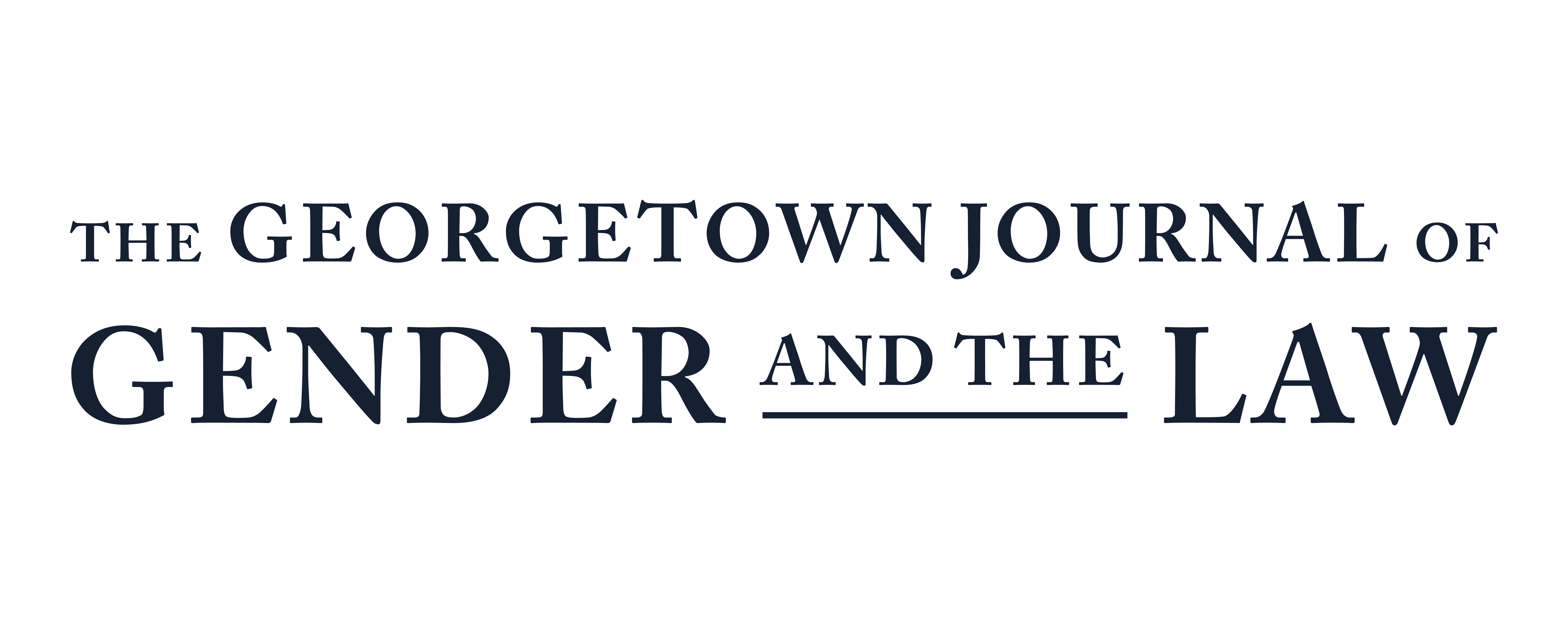Single-Sex Education
Does single-sex education provide developmental benefits and encourage women to pursue nontraditional fields? Or does single-sex education allow gender stereotypes to go unchallenged? In an educational system with a history of segregation along gendered, racial, and economic lines, the question of whether single-sex education promotes gender equity remains unanswered. The legality of single-sex schooling, particularly for primary and secondary institutions, is similarly unclear.
For a large number of public elementary and secondary school students, the experiment is already underway. As of May 2022, about 366 public schools qualified as single-sex schools or have single-sex classrooms.
While many students and parents have welcomed single-sex educational opportunities, scholars and civil rights groups such as the American Civil Liberties Union (ACLU) believe that the separation of the sexes in education undermines the fight for gender equality. As a result, they have voiced strong opposition to the expansion of single-sex education.
The original limitations on single-sex education derived from the Equal Protection Clause of the Fourteenth Amendment. Congress established further limitations in 1972 through Title IX of the Education Amendments, which prohibits discrimination on the basis of sex in any federally funded education program or activity. Since a 2006 amendment to Title IX, the United States (U.S.) Department of Education (DOE) has allowed for single-sex classes in coeducational schools only in certain instances, such as in sex education classes, physical education classes, or where the recipient of federal funding alleges an “important objective.”
This Article will examine the current legal status of single-sex schooling in primary and secondary education. Part II sets up the constitutional framework for single-sex schooling. Part III provides an overview of the legal status of single-sex schools in elementary and secondary education, including consideration of the impact of the No Child Left Behind Act of 2001 (NCLB), its successor, the Every Student Succeeds Act of 2015, and subsequent regulations on single-sex elementary and secondary education, as well as popular arguments for and against increased expansion of single-sex classes and schools. Part IV discusses legal considerations in the context of higher education, including Title IX and major Supreme Court cases. Part V considers arguments for and against single-sex education and the need for additional research in this area. Finally, Part VI explores potential future challenges and changes to single-sex education. By providing an overview of the legal history of single-sex schooling in elementary and secondary education, this Article creates a framework for understanding the current debate over single-sex schooling.
Single Sex Education
